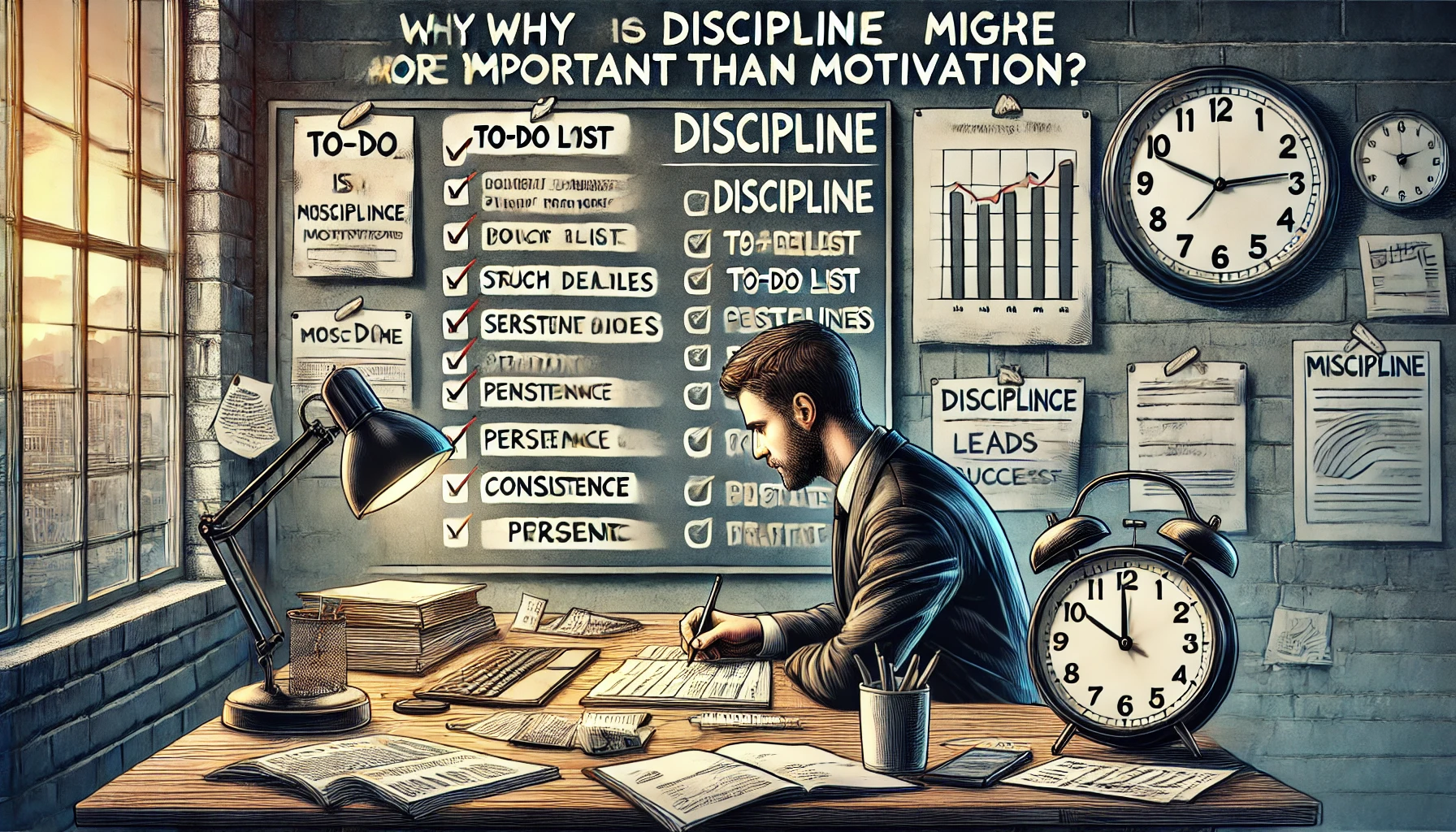Building positive habits requires consistency, and one of the best ways to stay committed is by using rewards. When you associate a habit with a positive outcome, your brain is more likely to repeat the behavior. In this guide, you’ll learn how to use rewards effectively to reinforce habits and create lasting change.
1. Why Rewards Work in Habit Formation
Habits follow a three-step loop known as the Habit Loop, introduced by Charles Duhigg in The Power of Habit:
| Stage | Description | Example |
|---|---|---|
| Cue | A trigger that initiates the habit | Seeing running shoes by the door |
| Routine | The behavior itself | Going for a morning jog |
| Reward | A positive outcome that reinforces the habit | Enjoying a smoothie after the run |
Rewards strengthen habits by creating a sense of accomplishment and pleasure, making it easier to stay consistent.
2. Choose the Right Type of Reward
Not all rewards are equally effective. The best rewards are immediate, meaningful, and sustainable.
| Type of Reward | Examples | When to Use It |
|---|---|---|
| Intrinsic Rewards | Sense of accomplishment, self-pride | When building habits tied to personal growth |
| Tangible Rewards | A small treat, buying a book, watching a show | For short-term motivation boosts |
| Social Rewards | Sharing progress with friends, receiving praise | When accountability helps with consistency |
3. Make Rewards Immediate for Maximum Effect
The human brain responds best to instant gratification, so the closer the reward is to the habit, the stronger the reinforcement.
✅ Effective Rewards:
- Drinking a protein shake immediately after a workout
- Watching a favorite YouTube video after writing 500 words
- Enjoying a cup of coffee after completing morning meditation
🚫 Ineffective Rewards:
- Promising yourself a vacation after exercising for six months (too delayed)
- Rewarding good habits with unhealthy habits (e.g., junk food after a workout)
4. Use a Habit Tracker as a Reward System
Tracking progress itself can be a powerful reward. Seeing a streak of successful days can keep you motivated.
✅ How to Track Habits Effectively:
| Method | How It Works |
|---|---|
| Physical Habit Tracker | Mark an “X” on a calendar each time you complete the habit |
| Habit-Tracking Apps | Apps like Habitica, Streaks, or Loop gamify progress |
| Bullet Journal | Write down and check off completed habits daily |
The more visual your progress is, the more rewarding the process becomes.
5. Implement the “Temptation Bundling” Technique
Developed by behavioral scientist Katy Milkman, temptation bundling links a habit you should do with something you enjoy.
Examples of Temptation Bundling:
| Good Habit | Tempting Reward |
|---|---|
| Exercising | Listening to your favorite podcast |
| Cleaning the house | Watching a Netflix show while folding laundry |
| Studying | Drinking a delicious smoothie |
This method increases the likelihood of following through with the habit.
6. Use Social Accountability as a Reward
Telling others about your progress can serve as a powerful motivational tool.
✅ Ways to Use Social Accountability:
- Share your progress on social media or with friends
- Join a challenge or group with similar goals
- Celebrate milestones with a friend or mentor
The feeling of accomplishment and encouragement from others can serve as an ongoing reward.
7. Upgrade Your Rewards as You Progress
As your habits become stronger, you may need better rewards to maintain motivation.
| Habit Stage | Beginner Reward | Advanced Reward |
|---|---|---|
| Starting to read daily | 10 minutes of social media after reading | Buying a new book after finishing 5 books |
| Exercising consistently | A smoothie after a workout | Buying new workout gear after a month |
| Writing daily | Watching a YouTube video after writing | Taking a weekend writing retreat after 30 days |
Scaling rewards helps keep habits exciting and rewarding over time.
8. Avoid Rewards That Undermine Your Progress
Some rewards can negatively impact your habit-building efforts.
🚫 Rewards to Avoid:
- Unhealthy treats after workouts (reinforces bad eating habits)
- Overspending as a reward for saving money (counterproductive)
- Skipping work as a reward for being productive (disrupts momentum)
Instead, choose rewards that align with your long-term goals.
9. Create a Reward System That Works for You
The best reward system is personalized. Ask yourself:
- What motivates me the most? (Tangible vs. intrinsic rewards)
- How often do I need rewards to stay consistent? (Daily vs. weekly)
- Do I prefer private or social rewards? (Tracking progress alone vs. sharing it)
Experiment with different types of rewards until you find what keeps you motivated.
10. Celebrate Milestones to Reinforce Long-Term Habits
Small wins lead to big results. Make a habit of celebrating milestones to reinforce consistency.
✅ Examples of Milestone Rewards:
- Completing 30 days of daily workouts → Buy a new pair of sneakers
- Meditating every day for a month → Treat yourself to a spa day
- Saving $500 in a month → Enjoy a guilt-free small splurge
Final Thought:
Rewards are a powerful tool for habit formation—but only when used correctly. The key is to choose meaningful, immediate, and sustainable rewards that reinforce positive behaviors. By implementing these strategies, you’ll stay consistent and make lasting improvements in your habits.












Leave a Reply